 |
 |
 |
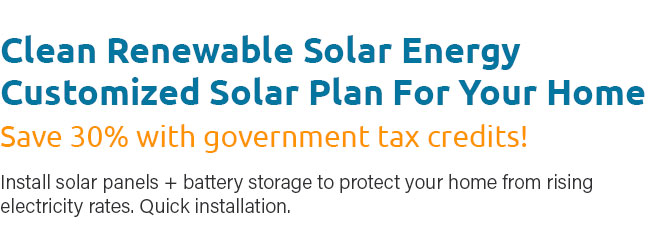 |
 |
 |
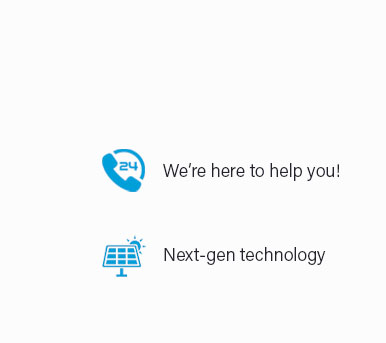 |
 |
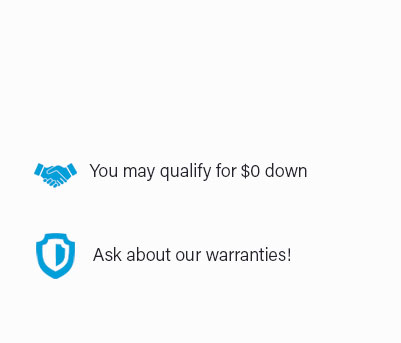 |
 |
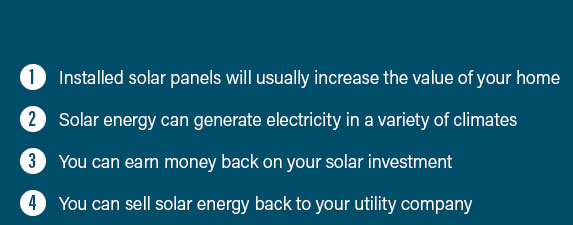 |
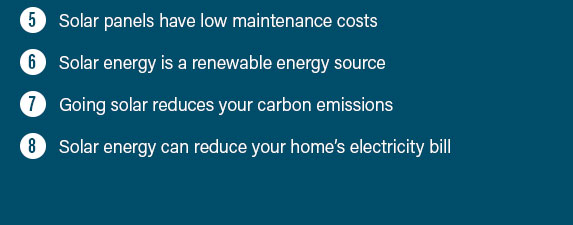 |
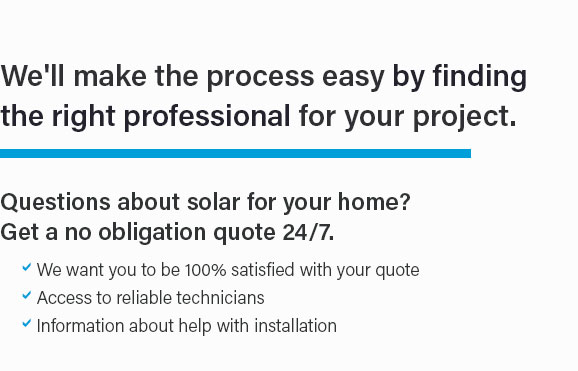 |
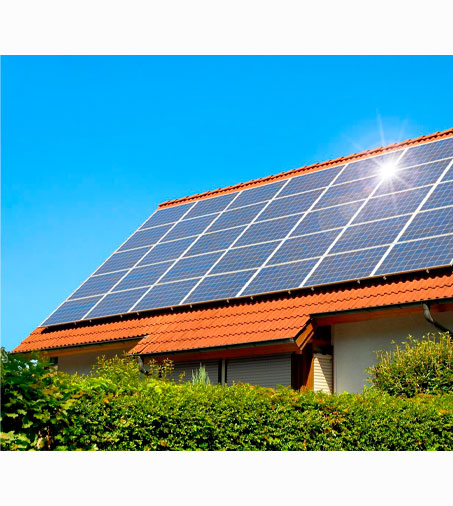 |
|
 |
 |
 |
|
Unlock the future of energy independence with our seamless solar panel installation quote service-because knowing how to install home solar panels shouldn't be a mystery reserved for experts; it's your gateway to harnessing the sun's power, cutting down those energy bills, and making a tangible impact on our planet, all while boosting your property's value and embracing innovation with confidence-so why wait in the shadows when you can step into the light with a tailored, no-nonsense quote that brings clarity and savings to your doorstep?
https://www.familyhandyman.com/project/off-grid-solar-power-system/?srsltid=AfmBOooBEYKryEJ1tdgTkwLz_BA7y3A98YCRT5JDxuCsjffNuqpeiO-h
How To Install an Off-Grid Solar Power System ; Battery shunt - Step 4 - Strip the cable ; Crimp the cable lugs - Step 6. Protect the ends with heat ... https://blog.ecoflow.com/us/how-to-set-up-solar-panel-system/
1. Calculate Your Power Load - 2. Choose Your Solar Panel Array - 3. Select the Solar Panel Type - 4. Select the Portable Power Station - 5. https://unboundsolar.com/blog/step-by-step-diy-solar-installation?srsltid=AfmBOoowgP28pNdvuVn38qN_oV6UtZeWLQ20HPCt3f0sVr9j_tkPsI6q
Stagger the flashing layout so that they alternate between the top and bottom rail. Distribute the flashings evenly across all your roof rafters ...
|